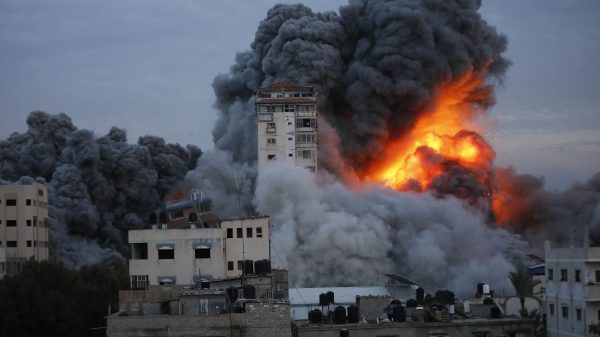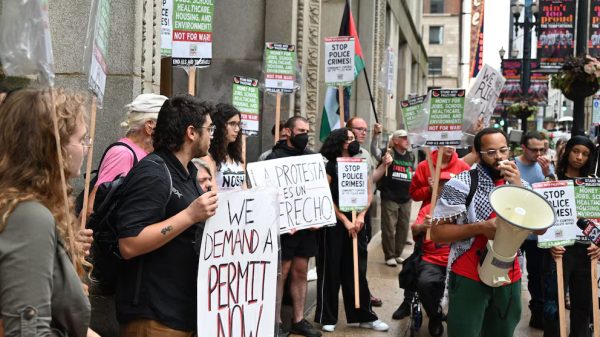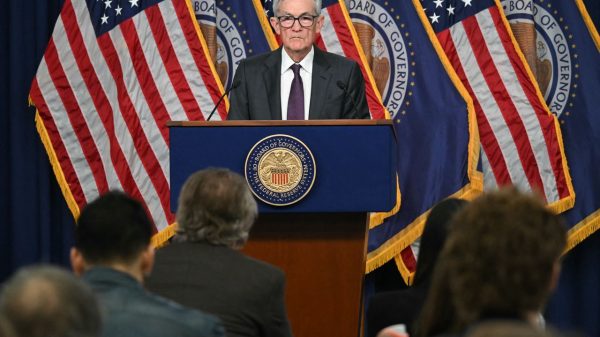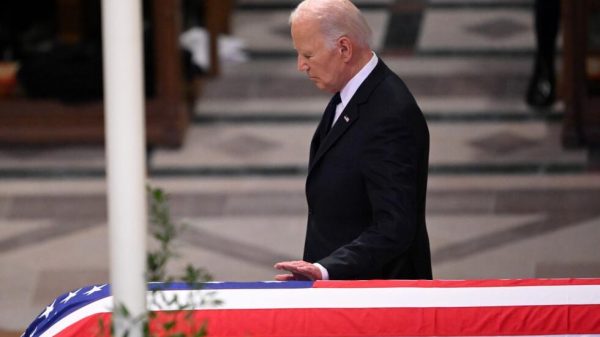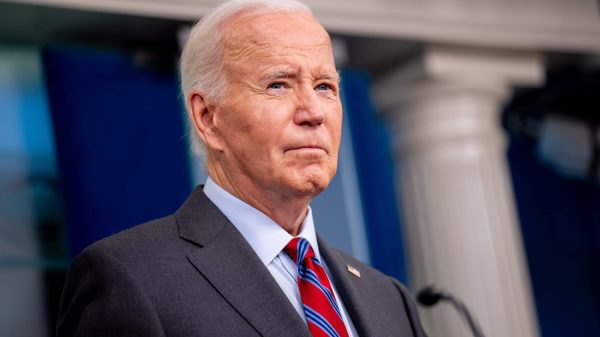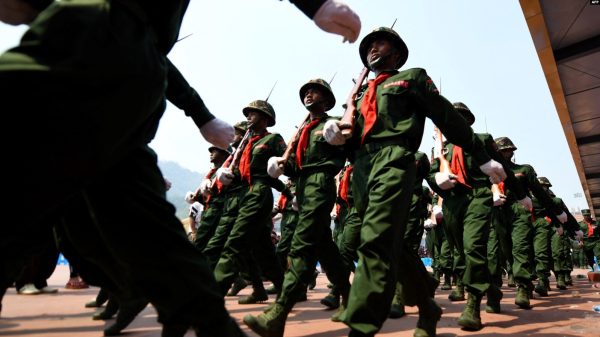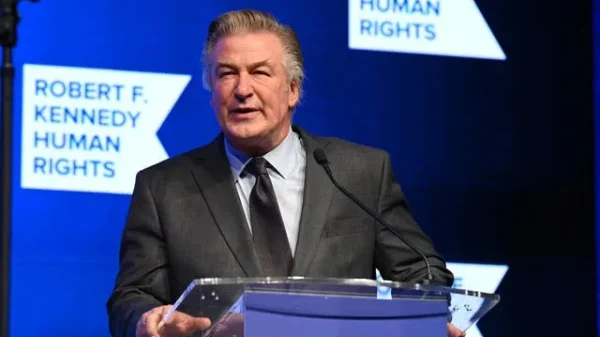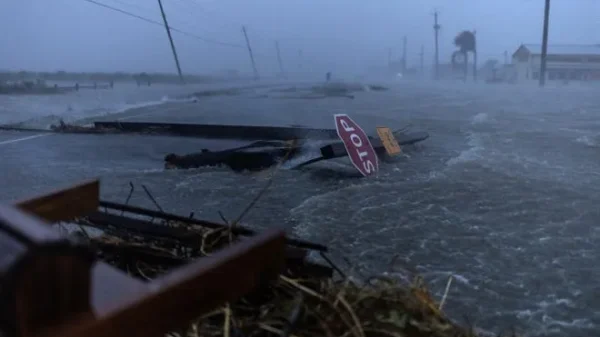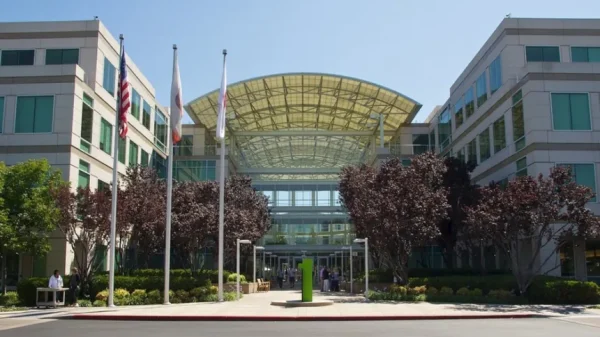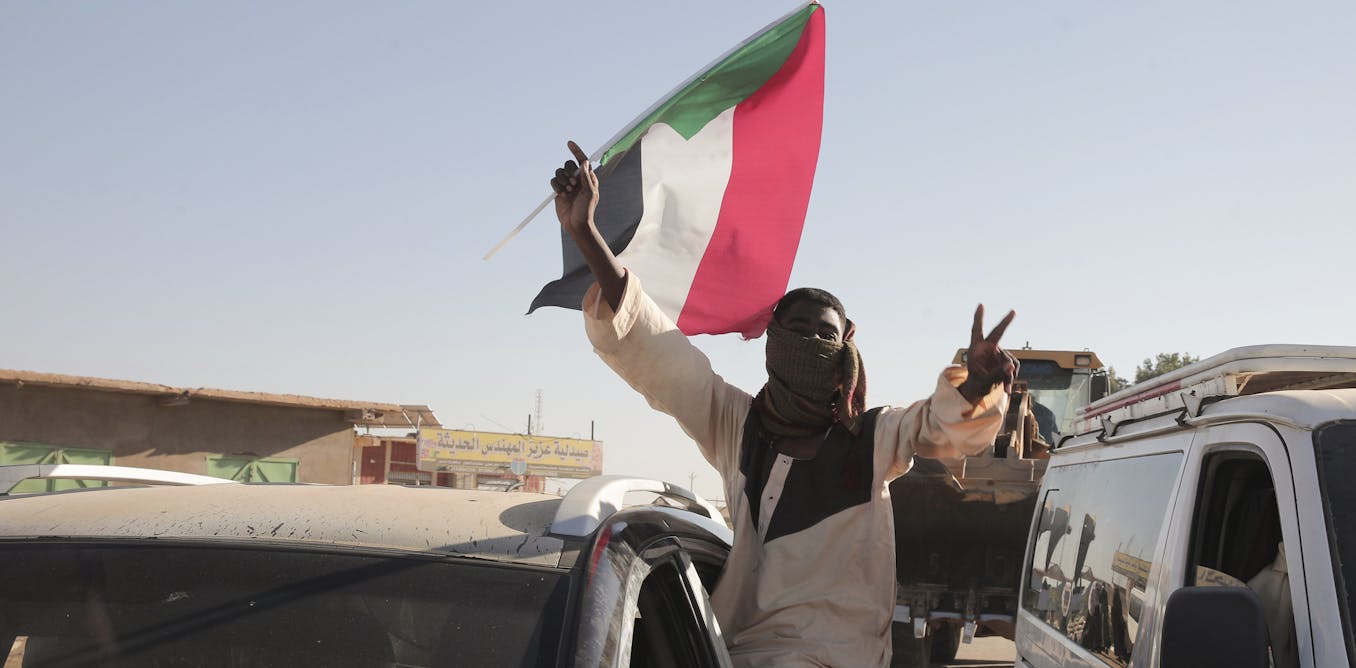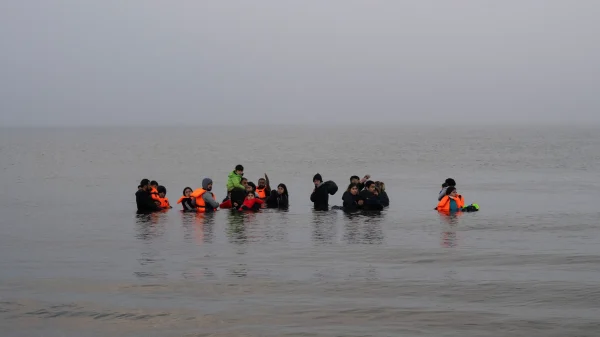A series of recent advances by the Sudanese military has led some analysts to suggest that the nation’s prolonged civil war may be approaching a decisive phase.
Even if hostilities were to cease tomorrow, the conflict has already inflicted deep wounds on Sudanese society, with tens of thousands dead and millions displaced.
However, the military’s recent successes do not signify the imminent defeat of its opponent, a paramilitary rebel force that still maintains control over vast areas of Sudan.
A Brief Overview of the Civil War
On April 15, 2023, violence erupted in Sudan between the Sudanese Armed Forces (SAF), led by de facto head of state Gen. Abdel Fattah al-Burhan, and the paramilitary Rapid Support Forces (RSF), commanded by Gen. Mohamed Hamdan Dagalo, widely known as “Hemedti.” The RSF originated from the notorious Janjaweed militia, which had instilled terror in Sudan’s Darfur region.
Although the SAF and RSF initially collaborated to overthrow longtime President Omar al-Bashir in 2019, their alliance fractured due to a power struggle that ultimately turned deadly.
The primary dispute centered on the timeline for integrating the RSF into Sudan’s national military. The RSF favored a 10-year transition, whereas the SAF pushed for a much shorter two-year process.
By early April 2023, tensions escalated as SAF troops were deployed across Khartoum, while RSF forces took strategic positions throughout the country. The situation reached a breaking point on April 15, when explosions and gunfire erupted across the capital. Since then, the two factions have been locked in a relentless conflict.
The human cost of the war has been staggering. As of February 2025, estimates of casualties from direct fighting and related causes—such as inadequate medical care and starvation—range between 20,000 and 150,000. The significant discrepancy, according to Humanitarian Research Lab executive director Nathaniel Raymond, is due to ongoing efforts to account for the dead and displaced.
More than 14 million people have been forced from their homes, making Sudan the site of the world’s most severe displacement crisis. Nearly half the nation’s population is classified as “acutely food insecure” by the U.N.’s World Food Programme, with 638,000 individuals facing “catastrophic levels of hunger”—the highest figure worldwide.
Shifting Dynamics on the Battlefield
In recent months, the SAF has made notable territorial gains. As of this writing, the military holds control over much of Sudan’s southeastern border with Ethiopia, the crucial Red Sea coastline—including the strategically significant Port Sudan—and key metropolitan areas situated at the confluence of the Blue and White Nile rivers.
Additionally, the SAF has reclaimed large portions of White Nile and Gezira provinces and successfully lifted an RSF siege on North Kordofan’s capital, El Obeid. Perhaps most significantly, in late March, the Sudanese army recaptured the Presidential Palace in Khartoum, the RSF’s last major stronghold in the city.
These advances signal a shift in the SAF’s strategy toward a more aggressive offensive approach. This momentum may serve to reassure Sudanese citizens of the military’s dominance while also signaling to international powers that it is the nation’s legitimate governing authority.
However, the RSF remains far from defeated. Despite losing key battles, it has consolidated its grip on nearly all of Darfur, Sudan’s vast western region bordering Chad.
The RSF has been accused of committing genocide against non-Arab communities there, and only the besieged capital of North Darfur, El Fasher, stands in the way of complete RSF control over the region.
Additionally, the RSF maintains a presence in the south, along Sudan’s borders with the Central African Republic and South Sudan. The entrenched positions of both factions raise questions about the long-term significance of the SAF’s recent victories.
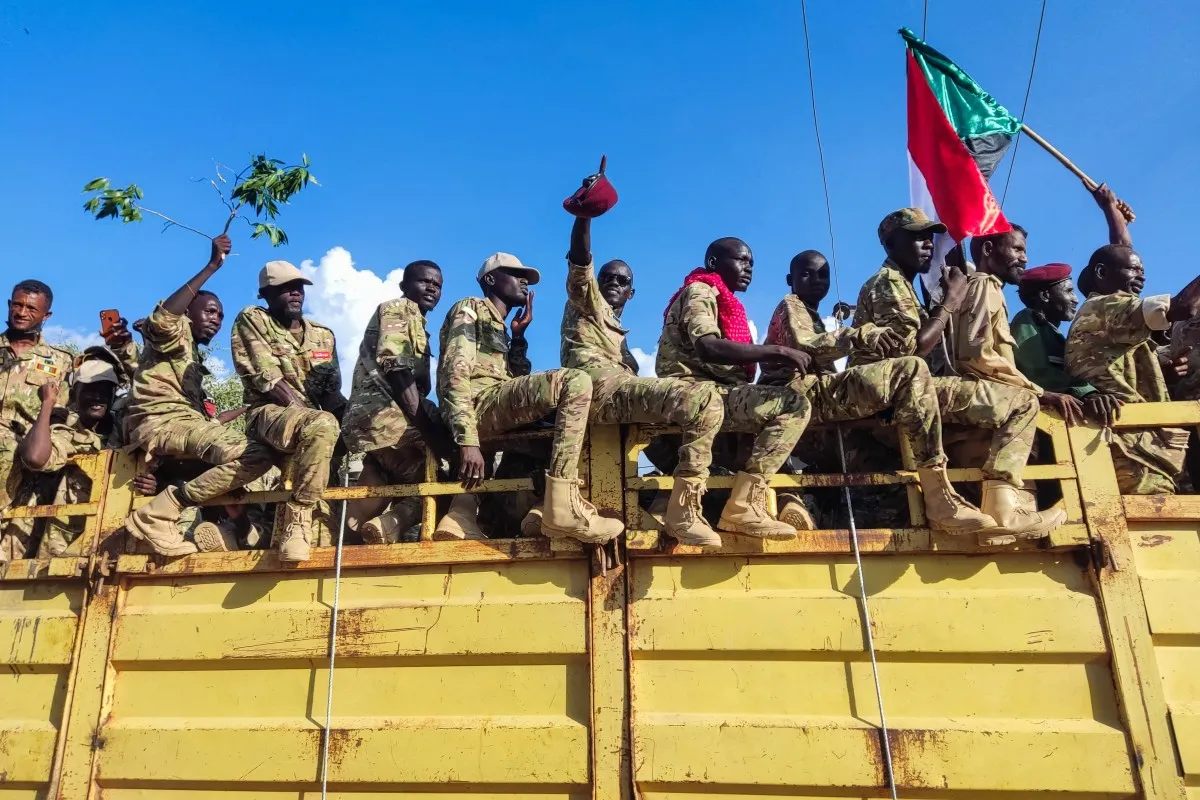
Sudan Military (Photo: AFP)
Is Partition a Possibility?
As a historian who has extensively studied South Sudanese separatism, I find the notion of Sudan splintering into additional independent states difficult to envision. However, given the current realities on the ground, partition is not entirely out of the question.
In February 2025, during a summit in Kenya, the RSF and its allied factions formally initiated discussions to establish a rival government.
The African Union’s 55 member states remain divided on the issue of Sudanese partition, as well as on whether to recognize any RSF-affiliated governing body.
In January, shortly before leaving office, U.S. President Joe Biden’s administration officially declared that the RSF and its allies had committed genocide. Consequently, Washington imposed sanctions on RSF leader Hemedti, freezing his American assets and barring him and his family from entering the U.S.
Any consideration of partition would, by extension, lend legitimacy to the RSF—setting a dangerous precedent for other figures accused of human rights abuses.
Beyond concerns of moral legitimacy, Sudan’s own recent history provides a cautionary tale. South Sudan’s secession in 2011 has been fraught with challenges.
Less than three years after gaining independence, the fledgling nation plunged into civil war, primarily driven by ethnic divisions. Even after the 2018 peace agreement, South Sudan continues to grapple with violence, food shortages, and international sanctions stemming from human rights violations.
In short, Sudan’s history suggests that partition is not a guaranteed solution to civil strife.
Geopolitical Factors Shaping the Conflict
The consequences of the war extend far beyond Sudan’s borders, with global powers such as the U.S., Russia, and China playing key roles in shaping its trajectory.
President Donald Trump’s executive order freezing contributions from USAID has led to the closure of approximately 80% of emergency food kitchens aiding Sudanese civilians. This policy shift has directly impacted an estimated 2 million people.
Meanwhile, Russian military and financial support has been credited with bolstering the SAF’s recent successes. Russia has long sought a naval base on Sudan’s Red Sea coast, a goal that became even more pressing after its naval forces were expelled from Syria following the fall of President Bashar al-Assad.
China, a major importer of Sudanese crude oil, has also been actively engaged in the conflict. In October 2024, Beijing entered negotiations to renegotiate oil production agreements with Sudan in hopes of securing stable output levels.
A resolution to the war—ensuring the uninterrupted flow of oil through vulnerable pipelines—would serve China’s economic interests.
Uncertain Prospects for Sudan’s Future
As Sudan’s civil war nears its third year, the path forward remains difficult to predict. While the SAF’s recent military successes may indicate a shift in momentum, the RSF continues to maintain strongholds in crucial regions. Meanwhile, international involvement and shifting geopolitical dynamics complicate the outlook for a lasting resolution.
What remains clear is that the conflict has exacted a devastating toll on Sudan’s people. Whether the war ends through military victory, negotiated settlement, or a prolonged stalemate, its long-term consequences will be felt for generations to come.


